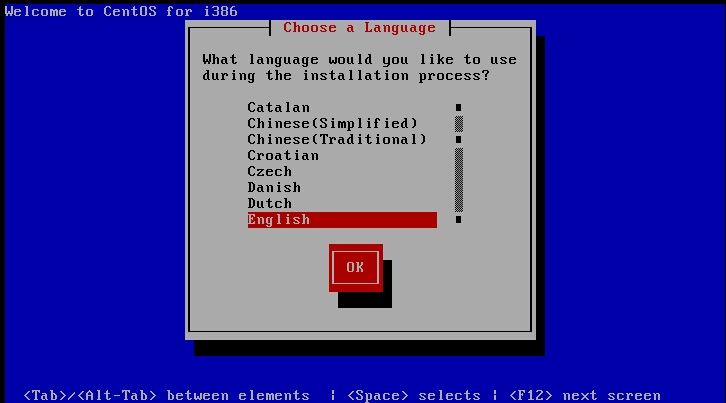
Used version: Centos6.8
What does rescue mode do:
◆You can change the root password;
◆Restore hard disk and file system operations;
◆When the system fails to start, it can only be started through the rescue mode;
The steps to activate rescue mode are as follows:
1. First boot into the BIOS settings (the method of entering the bios for each computer is different according to your own computer), the BOOT startup sequence is CD-ROM Drive is started first Use the - number on the small keyboard to adjust Up and down order; save and exit after setting.

2. After restarting the system, enter the installation startup menu, and move the up and down keys to Rescue install system Rescue installation system;

3. Select language and keep the default English

4. Select the keyboard type and keep the default us

5. Whether to start the network or not depends on your actual situation. If you need to copy data through the Internet, select YES. Here we choose NO;

6. Enter the Rescue interface and select Continue

7. The system is mounted under /mnt/sysimage. If you want to enter the root environment, run the chroot /mnt/sysimage command

8. Three options: shell enters command line mode; fakd is diagnostic mode; reboot restarts the computer; we choose hereshell

9. Enter the shell command line, the prompt is bash-4.1
#ls /mnt/sysimage/ Display files in the root directory of the mounted directory
Executionchroot /mnt/sysimage/ Move the files in the /mnt/sysimage/ directory to the root directory;
The prompt after the command is sh-4.1
#ls Displayed as the file in the root directory;

10. In sh-4.1# mode, you need to exit first and then return to bash-4.1# before you can rebootrestart the system;

The above is the detailed content of How to enable rescue mode in Centos6.8?. For more information, please follow other related articles on the PHP Chinese website!




